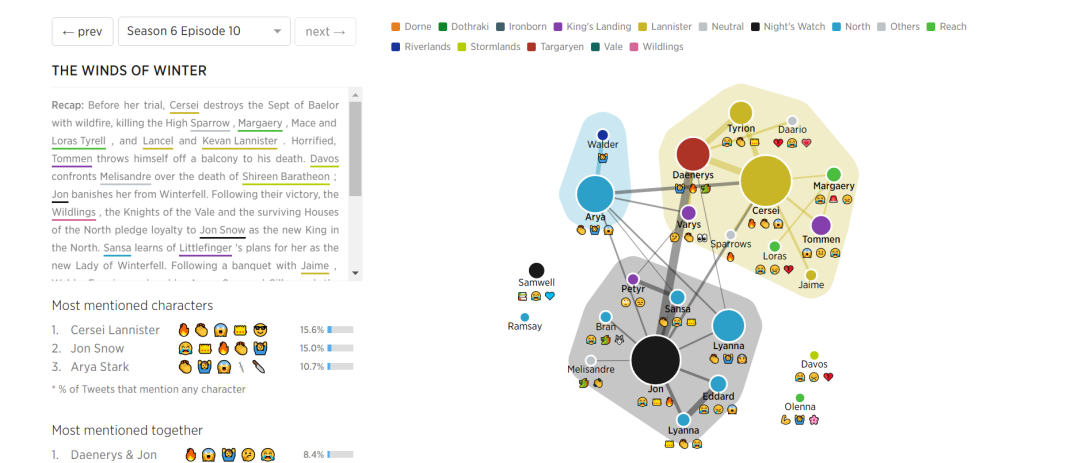
My plan was to put this post online 2 weeks ago. I really should learn to reflect on anything I work on directly after I finish.
March 10 – 12, 2017 marked a great achievement and was a huge step forward for Digital Humanities at AUB. It definitely was a milestone for me. This date, was when we held the second iteration for the Digital Humanities Institute – Beirut .
PRE-EVENT:
As a member of the organizing committee, I can say it was fun but tough, and was definitely worth all the effort that was put into it. We were able to make it only because we put all our hearts into it. Our committee included people from different departments (A librarian, 2 faculty members, myself from IT, and a “Grendizer” graduate student), but we needed many more to make things work and I believe that we got the needed support from almost everybody.
From an IT perspective, I was speechless and endlessly grateful for the impeccable, extra professional, and friendly support I received from the IT help-desk and the audio/visual teams (and I mean EVERY single one of them) for jumping in at every moment to ensure all workshops are running smoothly, and to help and accommodate late notice requests. They even helped with many other aspects of the conference that were not related to technical support. I couldn’t have done this without them.
THE EVENT
On a parallel side, I was co-teaching a workshop on Voyant-Tools. A couple of years ago, I attempted to learn “R” (a language and environment for statistical computing and graphics). It was not easy to learn, but it has great potential in data and textual analytics. Voyant-Tools, is the green side of “R”. It makes analysis look so easy and fun with a couple of clicks. What made this workshop a fun experience is the fact that I was teaching it with the amazing Najla Jarkas. This allowed us to combine expertise and cover both aspects of the workshop (the technical and the pedagogical).
For examples on how Voyant-Tools is used, check: http://docs.voyant-tools.org/about/examples-gallery/
For a comprehensive guide check: https://voyant-tools.org/docs/#!/guide/corpuscreator
For me, what was special about this event, is that I witnessed great collaboration within AUB entities (IT, library, faculty members and students). To be honest, we have been struggling to feed collaborative initiatives at AUB. What enriched this enthusiasm to collaborate, is the support of AMICAL. Through their generous grant, we had participants from Egypt, UAE, Lebanon, Ghana, Kyrgyzstan, Pakistan, France, Switzerland, Greece, Germany and Italy.
The institute included two keynote speeches that were livestreamed:
Keynote session 1 was about Digital Humanities In The Arab World: Current Context And Future Perspectives. It was presented by my favorite David Joseph Wrisley .
The second keynote was in Arabic and was offered by Ghassan Mourad and its title was التعرف الآلي على أسماء العلم باللغة العربية؟
The event gave birth to new ideas, great collaborative initiatives that only need the support and the push to thrive!
POST EVENT:
Today I had to report on DHI-B during our monthly IT town hall at AUB, and to re-introduce Digital Humanities. I found it challenging to do this in 10 minutes and to find the appropriate terms to share with my colleagues in IT (terms that are general enough, technical enough for the expert technical minds we have, and academic to emphasize on the importance of IT not only as service providers, not only as people with technical expertise, but also creative enough and ready to partner with researchers and academics and to act as liaison between the tool and the need of the DH project. Before I gave my presentation, our COO amazed me when he said:
“IT is now not an expense but an opportunity for investment, for growth and for innovation”.
For me, Digital Humanities is simply this: a venue for growth and innovation!
Instead of starting my presentation with the definition of Digital Humanities, I decided to start with an example that visualized how every #GameOfThrones episode has been discussed on Twitter.
 https://interactive.twitter.com/game-of-thrones/#?episode=60
https://interactive.twitter.com/game-of-thrones/#?episode=60
The first reaction was: “Oh this is something we see ourselves working on.. Tell us more!
Here is a link for my presentation. This presentation was nothing but a chance to plant another seed and to invite more curious minds to jump into this wide field.
WHAT’s NEXT?
After the presentation we discussed an idea.. that will hopefully turn into our project (more to be shared soon).
From my side, I need more of this.. more training, more expertise, more connections with international DH figures and more discussions with academics!
It is only another stepping stone for an exciting and promising exploration.
